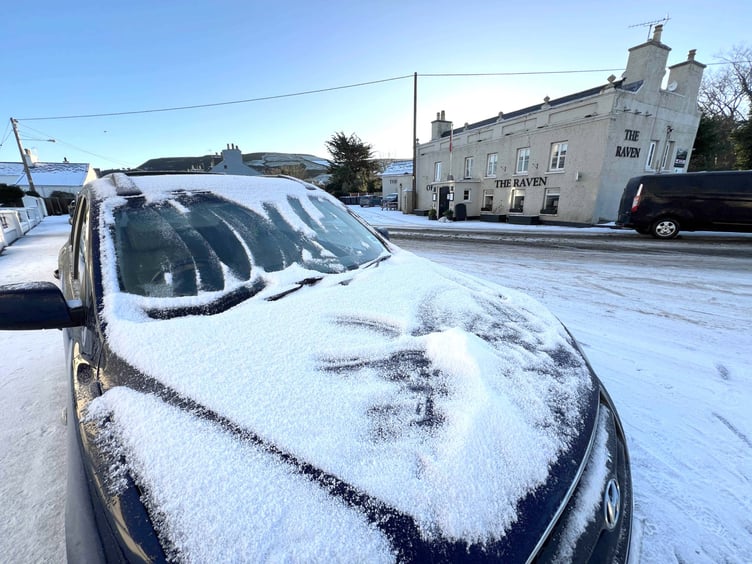The Isle of Man Meteorological Office has described January as being ‘an eventful month hidden in average stats’.
The island was hit by both Storm Isha and Storm Jocelyn during the month, which also saw a heavy downpour of snow and freezing temperatures in the middle of it.
The mean 24-hour temperature across January came to 6.4°C, which has been described as ‘right on the long term 30-year average’.
A spokesperson from the Met Office explained: ‘That doesn’t give the whole picture though, as temperatures varied significantly. Mid-month there was a cold snap, with an Arctic air-mass bringing wintry showers and some snow.
‘The daytime peak temperature in that period was on the 17th - just 3.4°C at Ronaldsway. Just a few days later though, a south westerly flow brought very mild air, with 12.6°C on the 23rd.
‘The overnight minimum of -4.0°C on the morning of the 18th was the coldest night since the cold winter of 2010.’
Rainfall was just over the average amount for January, with a total of 93.4mm. The 29th was the wettest day, with 16.2mm.
The spokesperson continued: ‘The cold air mid-month was very clear, so sunshine hours were about 50% up on the long-term mean, with a total of 82.5 hours – the sixth sunniest on record. The 30th had the most, with 8.1 hours.
‘The mean wind speed was 15.0 knots, which is a little lower than average, but there was also three named storms and six days with gales.
‘The strongest gusts were during storm “Isha” on the 21st, with a peak of 61 knots/70mph reached at Ronaldsway.’
January also saw a range of weather warnings issued throughout the month, most notably yellow and amber warnings for storms and icy road conditions.
George Shimmin, a forecaster from the Met Office, detailed how these warnings are classified. He said: ‘It comes down to the level of confidence we have in the computer model data as well as the potential impact it would have in the island.
‘If there is a good consensus among the computer models, then we are more confident in issuing a warning, knowing what colour the warning will be.
‘Equally, if there is a large spread in the computer model data, we would likely issue a yellow warning, monitor the situation to see how it develops, and update the warning as necessary.’





Comments
This article has no comments yet. Be the first to leave a comment.